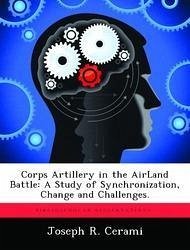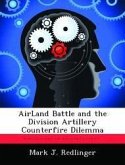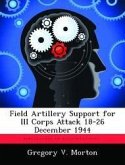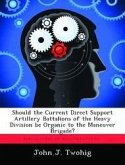This monograph investigates two periods of change in the role of the corps artillery. The key change agents examined are peacetime doctrinal development and combat experience. The comparison of these periods, first, during the development of AirLand Battle doctrine and, second, during World War II shows the U.S. Army's and Field Artillery's ability to change in both peace and war. Section II examines the role of the corps artillery in AirLand Battle doctrine. This section traces the evolution of operational concepts that began in 1977 and led to the adoption of the 1982 version of Field Manual 100-5, Operations. Included is a review of the Central Battle, the Integrated Battlefield, the Extended Battlefield, and Corps 86. Finally, this section focuses on the AirLand Battle's tenet of synchronization. Section III examines the changes in the role of the corps artillery during the combat experience of World War II. The uses of the American artillery at the Battles of Kasserine and the Ardennes are compared. An analysis of America's "first battle" at Kasserine reveals the IIId Corps'; failures in synchronizing operations and properly employing its fire support assets. A review of the IIId Corps'; offensive in the Battle of the Ardennes shows the growth in the effectiveness of the corps artillery. This study reveals that change can be a double-edged sword. The corps artillery demonstrated its importance on the battlefields of World War II. The adoption of the Active Defense doctrine, in 1976, and the subsequent decline in the role and size of the corps artillery headquarters, proved to be a step backwards. The acceptance of the AirLand Battle doctrine, in 1982, with its emphasis on the corps as a tactical, warfighting headquarters, has had a positive impact on the corps artillery. One significant consequence of this latest doctrinal change is the expanded role and size of the corps artillery headquarters. AirLand Battle doctrine's emphasis on the corps presents the corp








